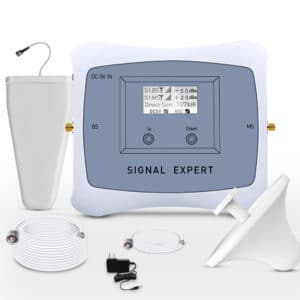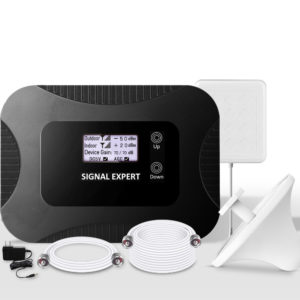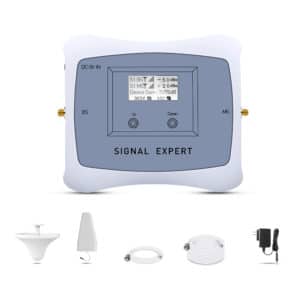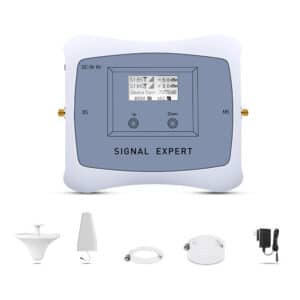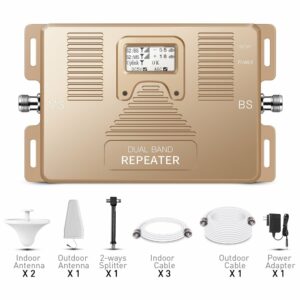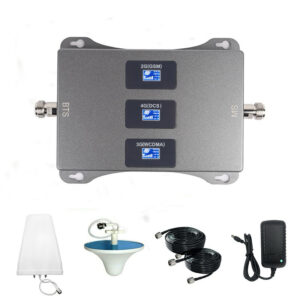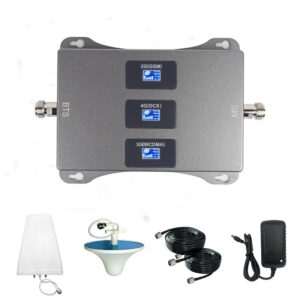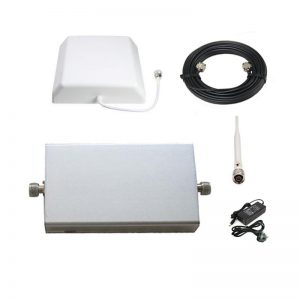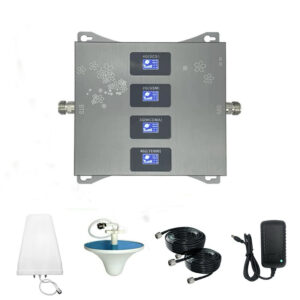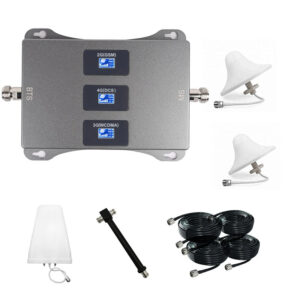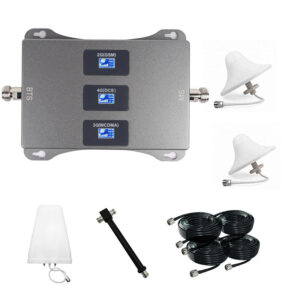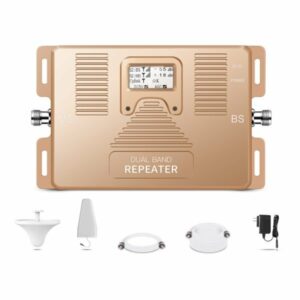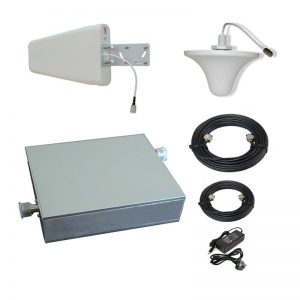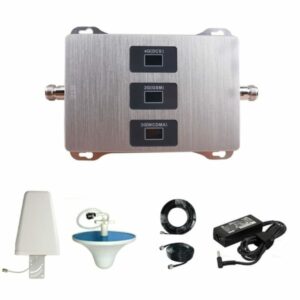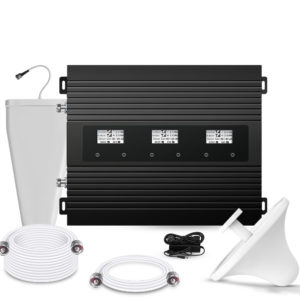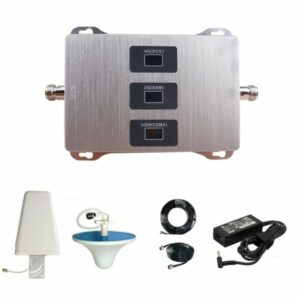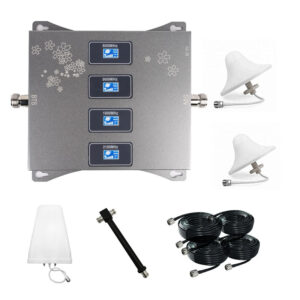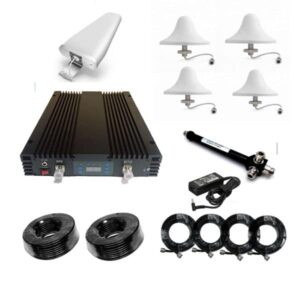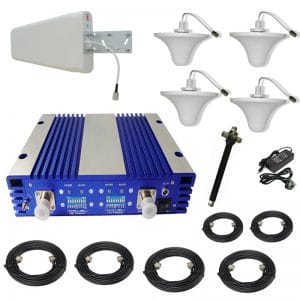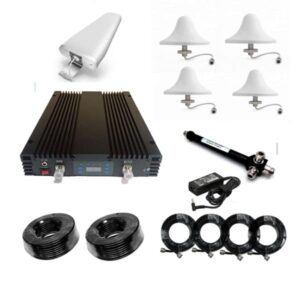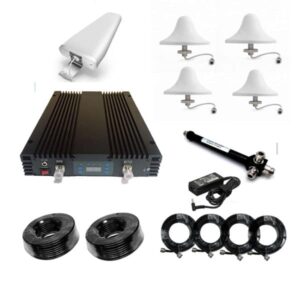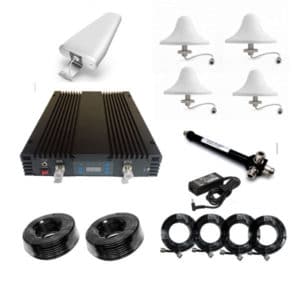In the picturesque landscapes of New Zealand, a strong and consistent 3G mobile signal can sometimes be challenging to attain, especially in remote or hilly areas. However, staying connected is a necessity in the modern world, making 3G mobile signal boosters an essential tool for enhancing your mobile connectivity. This guide provides an overview of 3G signal boosters in New Zealand, covering carriers, frequencies, and important information to help you make an informed decision.
Carrier Frequencies in New Zealand
New Zealand has three major mobile network carriers, each operating on specific frequency bands for 3G networks:
- Spark (formerly Telecom New Zealand):
- 3G Frequencies: Spark predominantly utilizes the 3G 850MHz band for its network.
- Vodafone New Zealand:
- 3G Frequencies: Vodafone operates its 3G network on the 900MHz band, ensuring comprehensive coverage.
-
- 3G Frequencies: 2degrees also uses the 3G 900MHz band, providing a reliable 3G network across the country.
These carrier-specific frequency bands are vital to consider when selecting a 3G signal booster, as they determine the booster’s compatibility with your chosen mobile network.
How 3G Mobile Signal Boosters Work
A 3G mobile signal booster, also known as a repeater or amplifier, consists of three primary components: an outdoor antenna, an amplifier, and an indoor antenna. Here’s how they function:
- Outdoor Antenna: Positioned outdoors, this antenna captures the existing weak 3G signal and forwards it to the amplifier.
- Amplifier: The amplifier significantly boosts the incoming 3G signal’s strength, often increasing it by several decibels (dB).
-
Indoor Antenna: This antenna broadcasts the enhanced 3G signal inside your building or vehicle, ensuring that your mobile devices receive a strong and reliable signal.
Selecting the Right 3G Signal Booster
Choosing the correct 3G mobile signal booster for use in New Zealand hinges on several factors, including the carrier frequencies, the area you want to cover, and the type of building or vehicle you intend to use it in. Ensure that the booster you select is compatible with your carrier and supports the appropriate frequency bands.
It’s also essential to comply with local regulatory authorities, such as Radio Spectrum Management (RSM) in New Zealand, to ensure your booster adheres to the country’s regulations.
Benefits of Using a 3G Signal Booster
-
Improved Signal Strength: 3G signal boosters amplify mobile signal strength, leading to reduced call drops and faster data speeds.
- Wider Coverage: Depending on the booster’s capabilities, you can extend coverage to areas with weak or unreliable signal reception.
- Faster Data Speeds: Experience quicker download and upload speeds for seamless browsing, streaming, and communication.
- Reliable Calls: Minimize disruptions during voice calls, ensuring clear and dependable communication.
In summary, 3G mobile signal boosters are indispensable for enhancing mobile connectivity in New Zealand, particularly in areas with inconsistent or weak network coverage. By understanding carrier frequencies and choosing the right booster, you can enjoy uninterrupted connectivity throughout this beautiful country.
